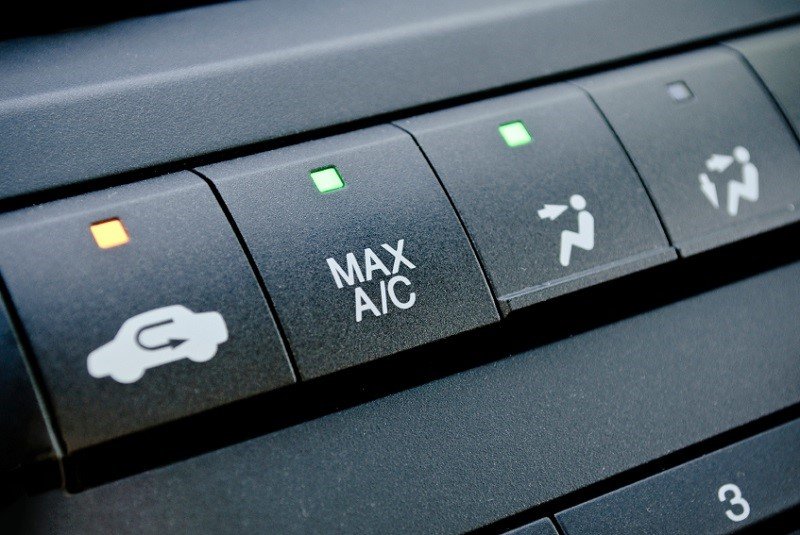Outside Air vs. Inside Air Mode – What's the Difference?

Take a look at your car's air conditioning controls. You're likely to see two options - one for recirculating air already in the car and another for pulling outside air in to your car's cabin. And if you're like most American car owners, you haven't a clue as to the difference between the two or which is best for your ride.
Here's the low down from E3 Spark Plugs' automotive experts.
Re-circulating air already inside your vehicle's cabin can help quickly cool down your car - far faster than fresh air pulled into the cabin. That quick relief from the summer's sweltering heat makes it the first choice for drivers in the know. But that fast cool-down comes with a health risk if you run your car's AC system on the re-circulate mode for too long.
The nature of recirculated air means that its' already been breathed in and out by other occupants riding along with you. Thus, it's sapped of oxygen and filled with moisture. That combination can make you groggy, which can hinder your concentration and safe driving ability. Plus, in just the right - or wrong, rather - conditions, it also can fog up your windows, decreasing visibility.
On the other hand, fresh air is just that - It's fresh, highly oxygenated air with no second-hand moisture.
So, your best bet for keeping your cool and staying healthy on your next road trip is to drive on the re-circulate mode until your car's cabin hits a reasonably comfortable temperature, then switch to the fresh air mode.
If you have a newer car, you might feel you're missing something, though. And you are. Many more recent models have automatic systems with sensors that monitor in-cabin moisture and oxygen levels, switching between the recirculating and fresh air modes for you.

